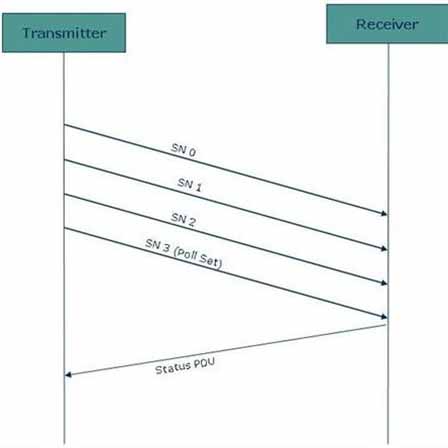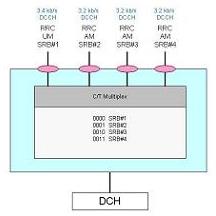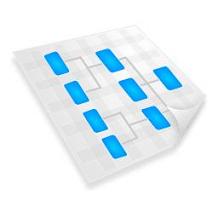
UMTS RLC Status PDU: SUFI NO_MORE & SUFI ACK
The STATUS PDU is used to exchange status information between two RLC AM entities.
In this tutorial following topics are discussed:
- Why STATUS PDU is required?
- Status PDU Parameters
- Different type of SUFIs
- SUFI ACK described with an example






